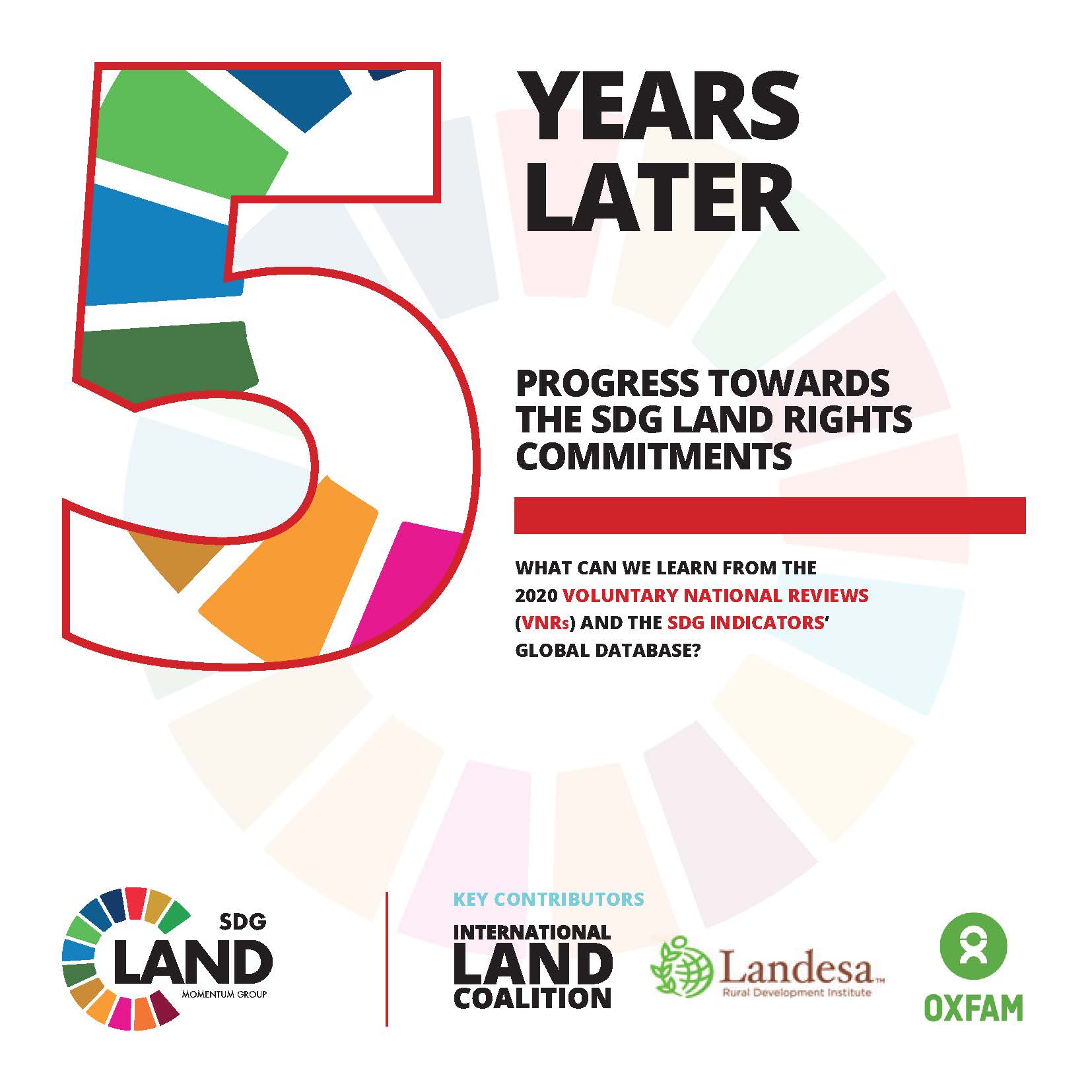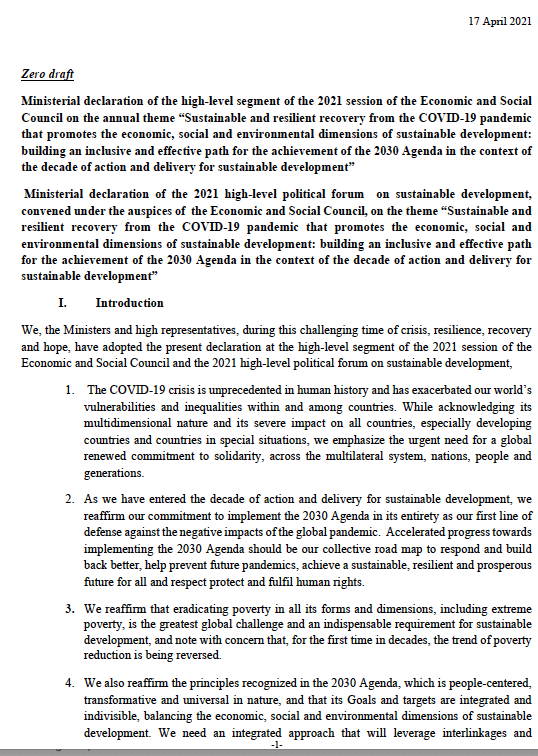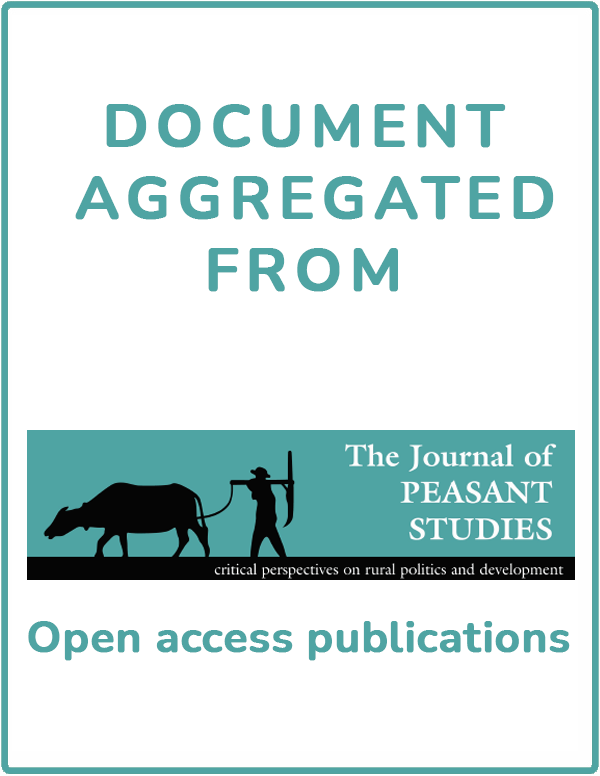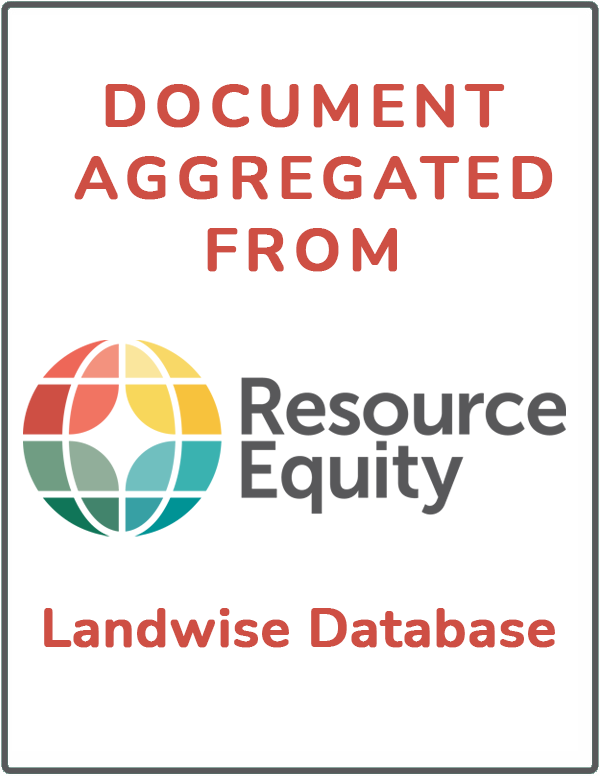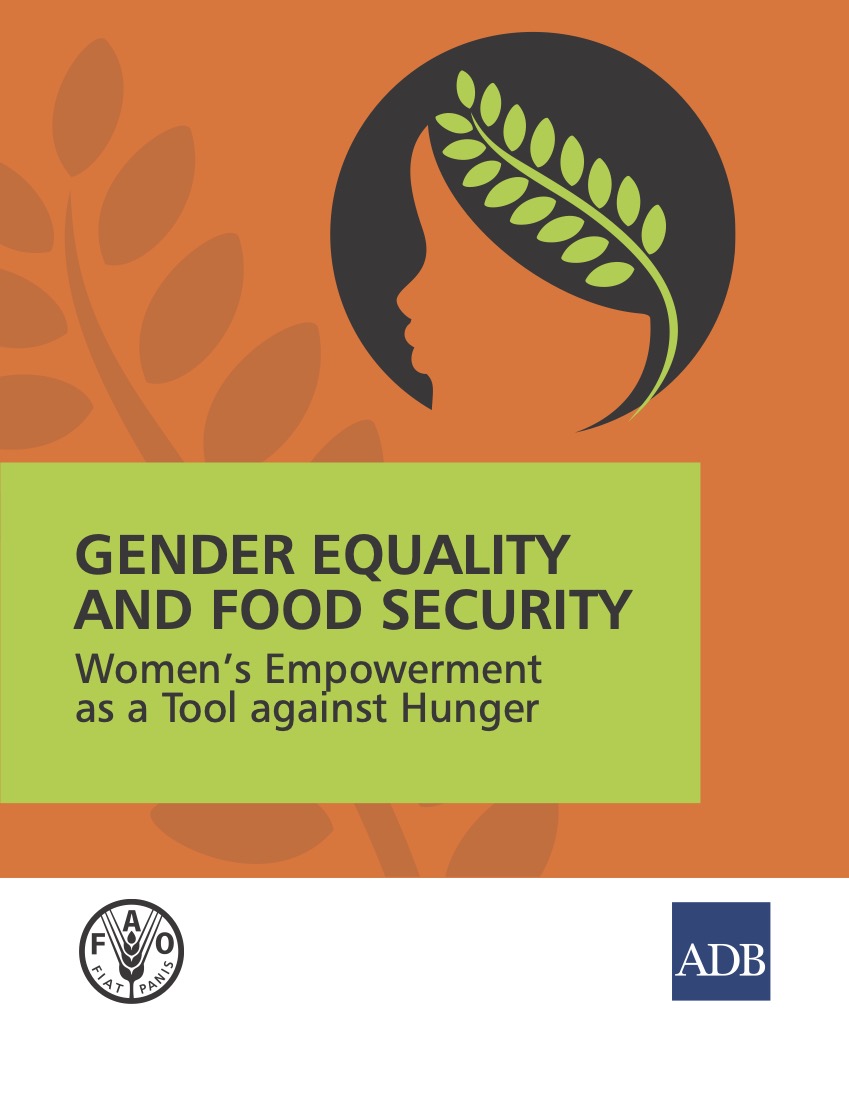The kingdom of Lesotho: Country strategic opportunities programme 2022 2025
This document prepared by the International Fund for Agricultural Development (IFAD) identifies strategic opportunities with the goal of contributing to the transformation of rural Lesotho towards a more resilient and economically productive environment that allows its population to sustain their livelihoods and overcome poverty and malnutrition. It sets out to identify initiatives which can contribute to inclusive commercialisation of the rural economy and creating an enabling natural and business environment for sustainable and resilient rural transformation.


